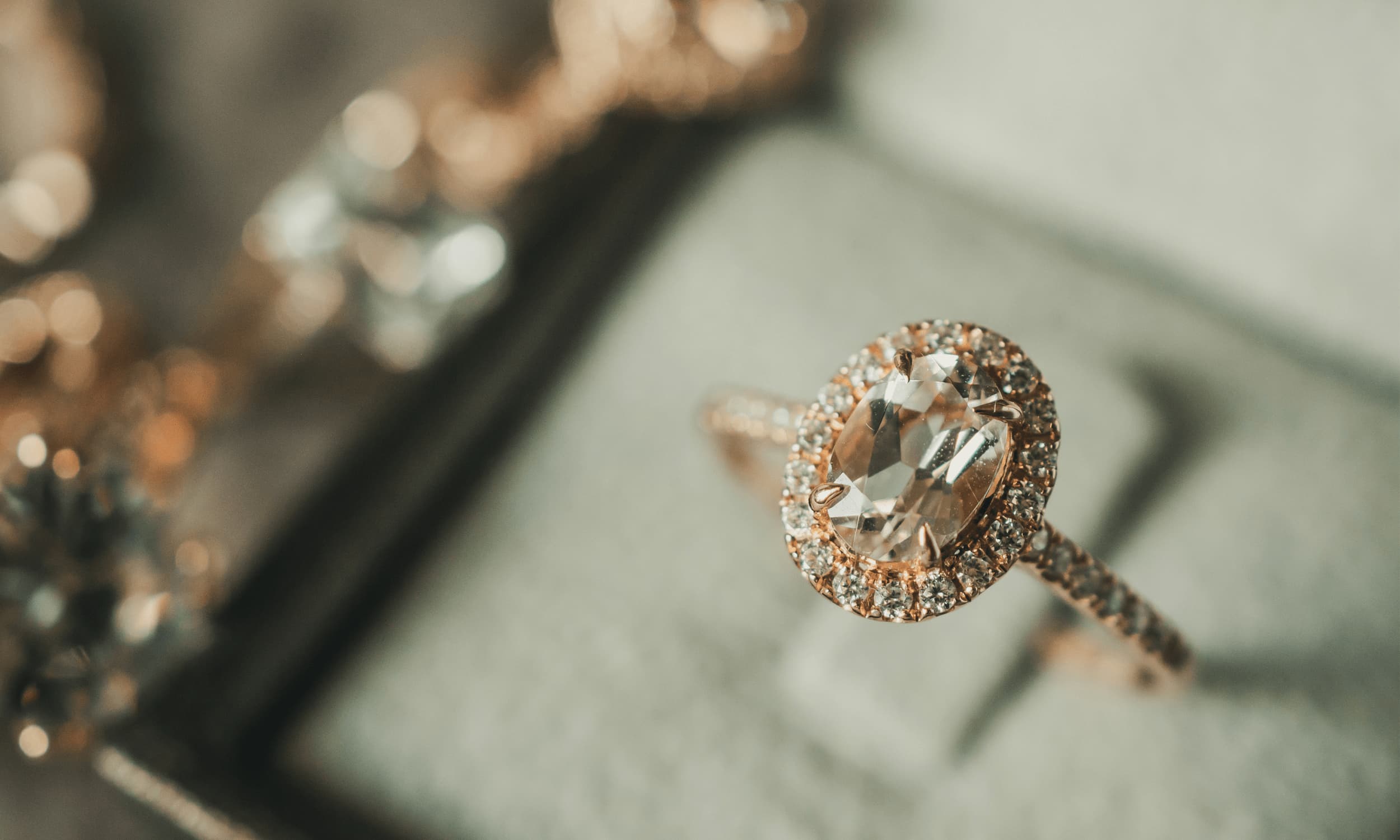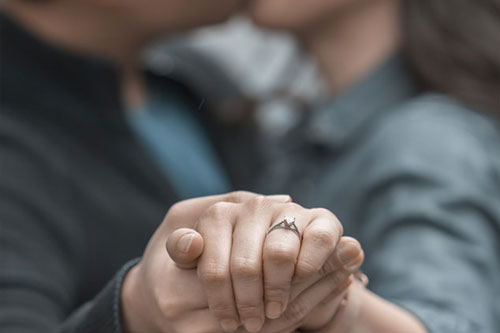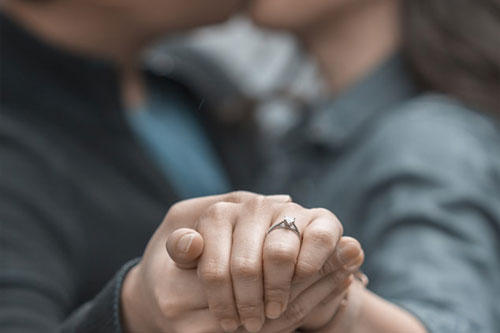BUYING-GUIDES

A Simple Guide To An Ethical Engagement Ring
Right now, there are millions of engagement rings for sale from hundreds of vendors across the world. But only a very small fraction of them is what you might call “ethical.” And that’s a problem, both for sellers, and the planet as a whole.
Practically everyone is now aware of the problems associated with engagement ring production. Diamond sales often fuel conflict in source countries. And physically getting the stones out of the ground can also lead to ecological destruction, sometimes on a massive scale. In light of this, more than 9 percent of couples say they want rings that do good in the world.
Despite this, the concept of an ethical engagement ring is still gaining traction. Even at the time of writing in early 2021, the vast majority of rings on sale are still the conventional variety.
WHAT IS AN ETHICAL ENGAGEMENT RING?
So, what do we mean by an ethical engagement ring, exactly?
Traditionally, sellers defined an ethical engagement ring as one in which the materials used to make it (particularly the diamonds) came from conflict-free sources. However, thanks to recent changes in culture, the definition is expanding.
For instance, nowadays, couples want diamonds sourced from mines that also offer their workers good pay and conditions. They also want material extraction to inflict minimal environmental damage. Just digging up the landscape with no thought to the natural world is no longer acceptable. Brands need to be responsible.

Previous Article
From Ancient Rome to Lab Grown - the evolution of the ethical engagement ring
Next Article
Jewellery Gifts?





